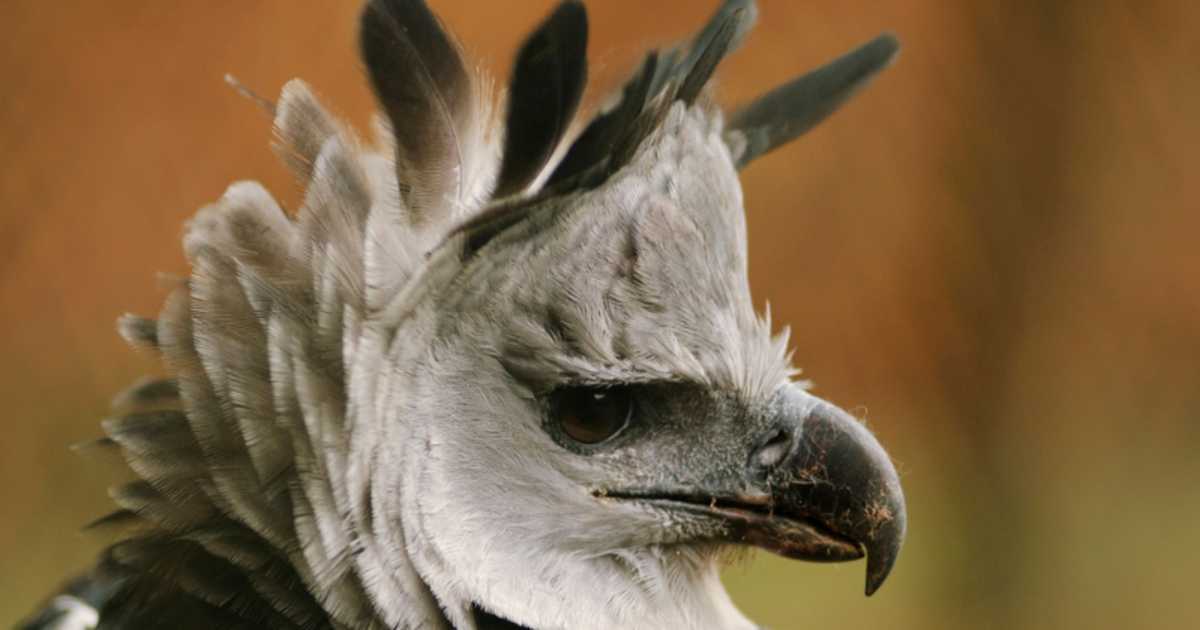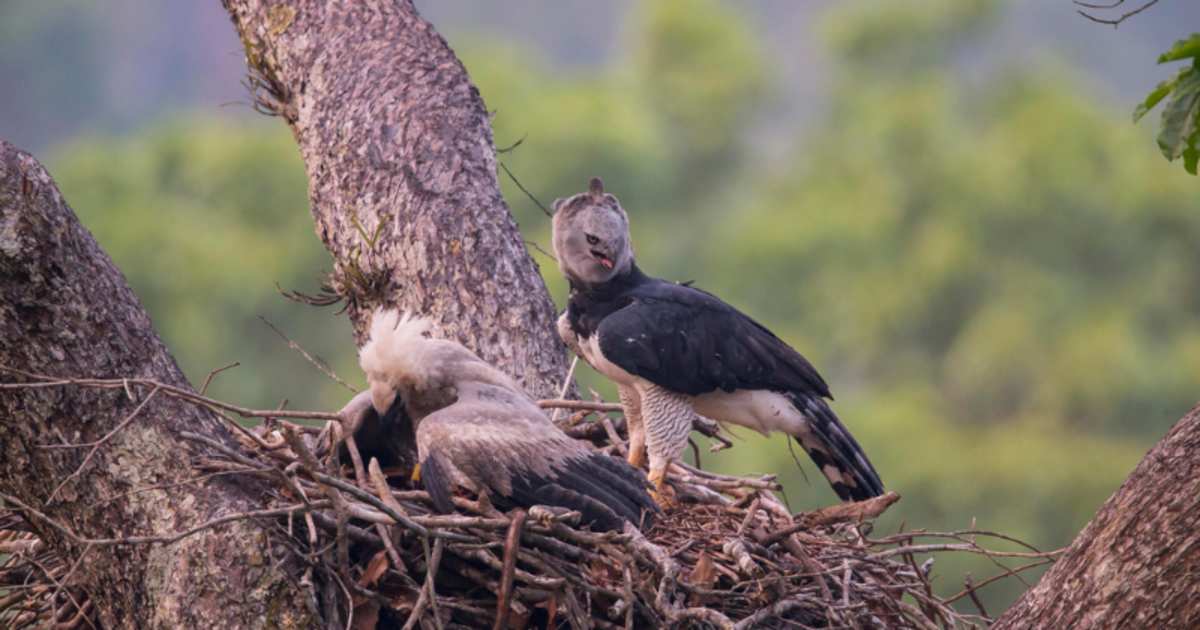Harpy Eagle Attack on an Adult Woman in French Guiana Raises Concern Among Researchers

Bird watching is not just a fun and peaceful activity, as it teaches patience, sharpens observation skills, and helps one feel closer to nature. It is rarely considered a dangerous activity. However, one woman in French Guiana, who strayed from the group after spotting a harpy eagle during a tour, ended up being attacked by the bird, making it the first scientifically documented individual to be attacked in that way by a harpy eagle. The team that studied this attack published their findings in the Ecology and Evolution journal.

The Harpy Eagle
Harpy eagles are considered to be one of the heaviest raptors in the world, with certain larger females weighing up to an average of 20 pounds. They have a 6.5-foot wingspan and one of the largest talons of any birds at three to four inches long, similar to the size of a grizzly’s claws. “We can’t go on telling people it’s not possible, because it is,” noted Everton Miranda, an ecologist at Tohoku University in Japan, as reported by Smithsonian Magazine. Despite popular stories, wild eagle attacks of this severity on humans are rare. One of the records of a possible predation is the Taung Child remains, which are a fossilized “Australopithecus africanus” skull that dates back over 2.5 million years.
It was found with puncture marks around its eye sockets, quite similar to the ones made by modern eagle talons. The fossilized remains were found next to other smaller prey remains and eggshells in what can be called a prehistoric raptor’s nest. Other records from old news sources in previous decades are less credible, for the most part, explained Lauren McGough, a falconer and cultural anthropologist who studies the relationships between humans and eagles. “I would still put it like being struck by lightning—vanishingly small odds that that would happen to a person,” noted McGough.

Where Do Harpy Eagles Live?
These raptors are found in southern Mexico to northern Argentina, living in forests at low heights where prey and large trees are easily available. Miranda and his colleagues noted that the attack occurred in October 2023 near an ecotourism camp along the Kourou River Basin. A group of ten tourists and a guide were walking on a trail towards a bathing area for people, where they saw a harpy eagle on a branch about 20 feet high. The eagle seemed focused on the group while they all took photos. A 29-year-old woman was walking back and forth, taking pictures even after most of the group had left.
The harpy eagle is considered the most powerful eagle in the world, not only for its imposing size, but also for its strength and hunting skills. Its wingspan can reach 2.3 meters, allowing it to glide majestically through dense tropical forests. This winged predator possesses… pic.twitter.com/K5CCWOC5jG
— James Tate (@JamesTate121) July 23, 2025
Before the woman could leave, the eagle swooped and attacked her with its talons. It didn’t let go of her skull and stayed on top of her for a while until her partner got involved. The eagle flew away, apparently unharmed. Miranda believes the eagle was hunting. Before the group noticed the bird, they were distracted by the sight of a nocturnal rodent called a Paca on the trail. The group must have interrupted the eagle in its hunt and prompted the raptor to attack to get its prey before others. “This head-bobbing behavior means that the animal is measuring distance,” he further explained. It is a common method these eagles use to assess whether it’s worth attacking.

Experts’ Opinions on Harpy Attacks
The Panama Program leader, José de Jesús Vargas González, with the Peregrine Fund, noted that in his 25 years of working with these eagles, he had had close encounters where one almost attacked him with its talons. In other cases, they have taken menacing steps to warn the researchers. McGough, who is writing on human-eagle relationships in Mongolia, believes that the French Guiana attack is very plausible.
Habitat destruction and other forms of encroachment into their lives might prompt the eagles to attack humans. “Humans might be making it more difficult for a harpy eagle to make a living,” she noted. In all the harpy eagle attacks, another human had come to the rescue, and according to McGough, being part of a social group can help defend them from predators, as the remains of the Taung Child suggest. “In a way, eagles are responsible for what makes us human,” McGough concluded.